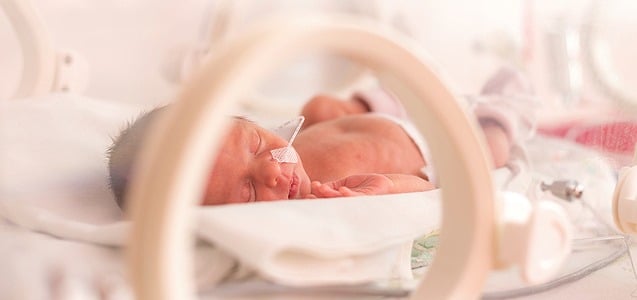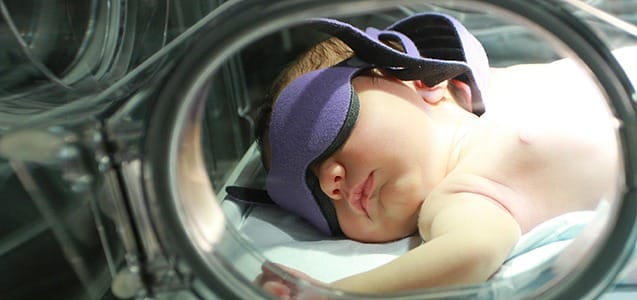When a woman is pregnant, the umbilical cord is what connects the mother to the developing fetus, acting as a lifeline for the child. It allows the supply of nourishment and oxygen for necessary development. Unfortunately, one in every 300 births involves an umbilical cord prolapse (UCP). An umbilical cord prolapse occurs when part of the umbilical cord gets ahead of the baby, and comes through the cervix and into the birth canal before the baby does. This pinches the umbilical cord and causes a reduction or complete cut-off of the oxygen supply to the fetus. If untreated, umbilical cord prolapse can result in birth injuries due to lack of oxygen (hypoxia) including: cerebral palsy, developmental delays, hypoxic ischemic encephalopathy (HIE), or even death of the child.
Signs of Umbilical Cord Prolapse Include:
- Abnormal fetal heart rate pattern
- Fetal heart rate drop, often sudden and sustained, to a heart rate lower than 120 bpm
- The doctor performing a pelvic exam and finding either:
– The umbilical cord protruding through the cervix or in the vagina ahead of the baby
– The umbilical cord in an incorrect position
Once it is discovered that the mother and child are experiencing UCP, it is important that the correct steps are taken to ensure their safety. UCP can be corrected by a doctor or physician if the proper steps are taken. Procedures may include changing the mothers positioning to relieve pressure on the umbilical cord, using a vacuum to extract the baby quickly if she is giving birth at the time, or a C-section delivery may be vital.
Complications due to umbilical cord prolapse are the cause of preventable hypoxic brain injury in children. Cerebral palsy is one of the injuries which can occur due to untreated umbilical cord prolapse. Cerebral palsy cannot be cured but treatment will very often improve a child’s capabilities and, in general, the earlier treatment begins the better chances are that children will overcome developmental disabilities.
Our experienced attorneys fight for individuals who have been negatively impacted by the negligence of others. If you would like to discuss your child’s potential claim arising from HIE or CP, the Birth Injury Attorneys at Yost Legal Group are experienced professionals ready to investigate your claim with compassion and determination. For a free consultation, please call us at 1-800-YOSTLAW.


